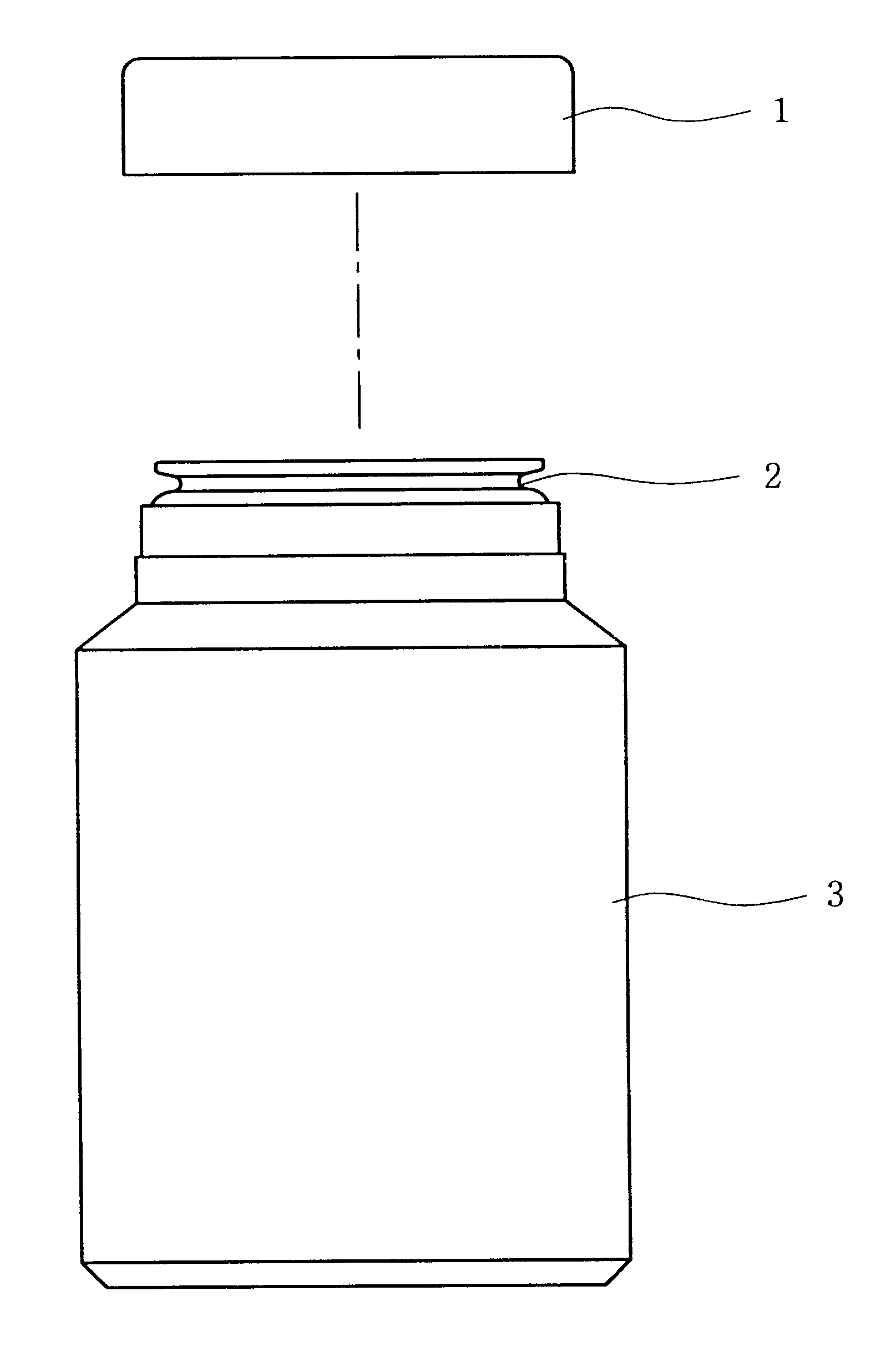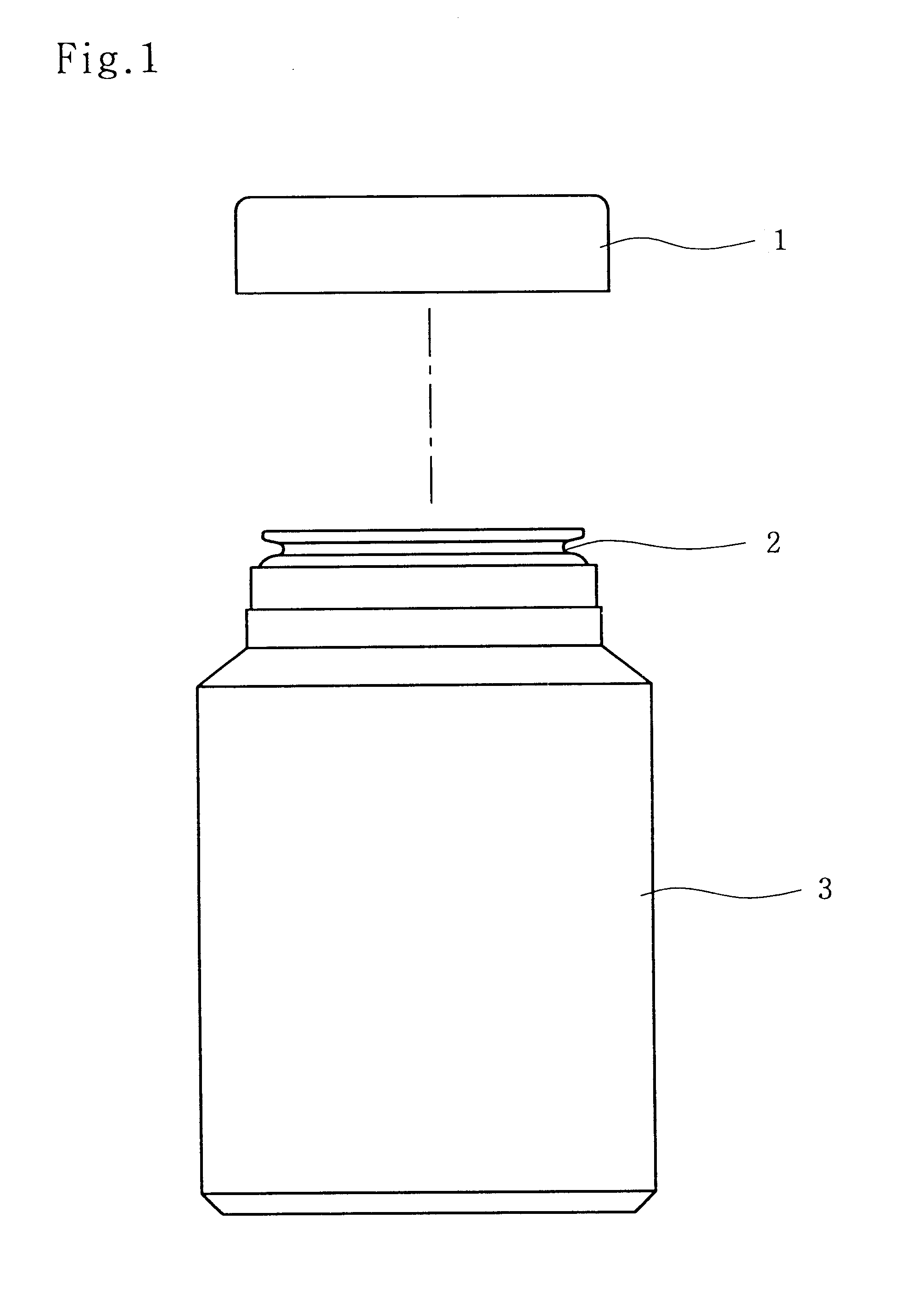Biodegradable plastic container having a moisture permeability
a biodegradable, plastic container technology, applied in the field of plastic containers, can solve the problems of low crystallinity, low melting point, limited application of commercial products, etc., and achieve the effects of improving the strength of resins, high durability, and increasing strength
- Summary
- Abstract
- Description
- Claims
- Application Information
AI Technical Summary
Benefits of technology
Problems solved by technology
Method used
Image
Examples
preparation example 2
To a 500 mL Erlenmeyer's flask filled with nitrogen gas 118 g of succinic acid, 121.7 g of 1,4-butanediol and 0.1 g of tetrabutyltitanate as a catalyst, were added to the flask while slowly increasing the temperature until it reached 200.degree. C. When the temperature reached 200.degree. C., the reaction mixture was molecular weight of 290,000 and melting point of 98.degree. C. as measured by DSC method.
preparation example 4
To a 500 mL Erlenmeyer's flask filled with nitrogen gas was added 2.95 g of succinic acid, 6.3 g of 1,4-butanediol and 0.1 g of tetrabutyltitanate, a catalyst, and water was effused by means of esterification while slowly increasing the temperature until it reached 205.degree. C. When the temperature reached 205.degree. C., theoretical mass of water was effused completely out to produce 9.3 g of aliphatic low molecular weight polymer with its molecular weight around 1,500. Then, 78.8g of dimethyl terephthalate, 126 g of 1,4-butanediol, 6.2 g of ethylene glycol and 0.2 g of tetrabutyltitanate, a catalyst, were added to the reaction mixture and methanol was effused completely at 205.degree. C. and 70.8 g of succinic acid was added for esterification. Here, the temperature was set at 180.degree. C. and after water was effused completely and 0.1 g of antimony trioxide, 0.3 g of dibutyltin oxide, 0.07 g of tetrabutyltitanate as catalysts, and 0.1 g of trimethyl phosphate as a stabilizer ...
example 1
Containers were manufactured by using polyester resins having 98.degree. C. of melting point produced in the above Preparation Examples 1 and 3 under 140-160.degree. C. by means of injection molding. The test results of containers showed that 360 kg / cm.sup.2 and 380 kg / cm.sup.2 for tensile strength, 350% and 340% allowed to react for 2 hrs and then theoretical mass of water was effused. Then 0.1 g of antimony acetate, 0.2 g of dibutyltin oxide, 0.07 g of tetrabutyltitanate as catalysts, and 0.2 g of trimethyl phosphate as a stabilizer were added. The temperature was raised and a polycondensation reaction was performed under 0.3 torr at 245.degree. C. for 155 min. The sample of biodegradable resin taken at this point had a melting viscosity of 15 (190.degree. C., 2160 g), number average molecular weight of 31,000, weight average molecular weight of 190,000 and melting point of 117.degree. C. as measured by DSC method.
PUM
| Property | Measurement | Unit |
|---|---|---|
| Time | aaaaa | aaaaa |
| Percent by mass | aaaaa | aaaaa |
| Angle | aaaaa | aaaaa |
Abstract
Description
Claims
Application Information
 Login to View More
Login to View More - R&D
- Intellectual Property
- Life Sciences
- Materials
- Tech Scout
- Unparalleled Data Quality
- Higher Quality Content
- 60% Fewer Hallucinations
Browse by: Latest US Patents, China's latest patents, Technical Efficacy Thesaurus, Application Domain, Technology Topic, Popular Technical Reports.
© 2025 PatSnap. All rights reserved.Legal|Privacy policy|Modern Slavery Act Transparency Statement|Sitemap|About US| Contact US: help@patsnap.com


